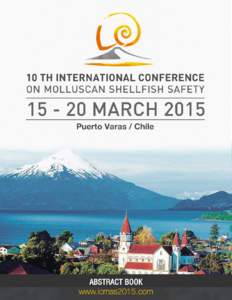<--- Back to Details
| First Page | Document Content | |
|---|---|---|
 Date: 2015-03-17 13:49:48Fisheries Algae Aquatic ecology Biological oceanography Seafood Algal bloom Red tide Saxitoxin Paralytic shellfish poisoning Water Biology Chemistry |
Add to Reading List |
| First Page | Document Content | |
|---|---|---|
 Date: 2015-03-17 13:49:48Fisheries Algae Aquatic ecology Biological oceanography Seafood Algal bloom Red tide Saxitoxin Paralytic shellfish poisoning Water Biology Chemistry |
Add to Reading List |